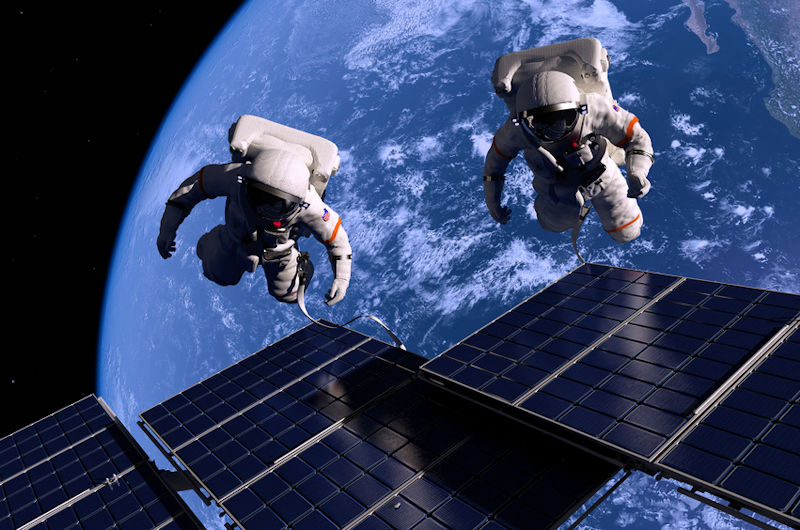For more than 15 years Prof. Dr. Ing. Bernd-Helmut Kroeplin and his team are int the research about the memory and information of water. It all began with the idea to develop a simple “space medicine” for astronauts on board a space shuttle. Allowing the astronauts to cure minor health defects by themselves based on bio-energetic treatment procedures. The accidental discovery however was that even the weakest magnetic field alterations, not detectable by conventional measuring devices, reflected upon the water structure. These effects could be seen under a microscope and were respectively documented.
The method employing dark field microscopy has since been used to investigate external effects on natural water as well as on bodily fluids (saliva, blood, urine) and has opened up a whole new field of research. Meanwhile, our water data bank contains more than 10,000 pictures for analysis.
After having published various research papers on the subject, a book, namely “The World in a Drop”, was brought to the public. The contents of the book go well beyond the exhibits of the exposition in scientifically analysing the findings brought about by our research. English and Spanish versions of the book have since been published in cooperation with the Cimne Institute in Barcelona, available in bookstores and on Amazon.de.
The exhibition had its debut as an externally led project at the EXPO 2000 in Hannover. The content of the exhibition is constantly complemented with new findings as well as photographic illustrations. For further informations please look.
Our research "World in a drop" is over fifteen years old and still in progress with international scientists and employees interested in the water research. Our contact information can be found under the following link.

“The topic and content of this book “World in a drop” is a clear reflection of the interest and capacity of Prof. Kröplin to cross over the borders of knowledge between disciplines, in an effort to make science progress. For the last fifteen years Prof. Kröplin has worked with a group of scientists in the understanding of the behaviour of the human body contemplated as a physical system. His first steps in this challenging field were directed towards the so called bio-resonance techniques. The aim here was to predict the performance of organs and ultimately cells in the body under the effect of electromagnetic wavers. His vision is that many of the functions of our body are governed by the energy in the cells. The control of such an energy would mean, in the limit, the capacity to heal damaged cells. This will invariably lead to the cure of many diseases.
The research in bio-resonance lead Prof. Kröplin to the study of water, as the basic element in the body and, hence, the one responsible for transporting much of the information through the different parts of the body at nano, micro and macro levels.
Water and information soon become for Prof. Kröplin and his team a single concept. Understanding the way water collects and transports information was seen as the essential step to find out the complex behaviour of our organs and their reaction to external agents.
This book contains the first outcome of the research of Prof. Kröplin’s team in the search for the mechanisms by which water collects, stores and disseminates information. The outcome of this challenging work is a world of results and images which, behind their intrinsic natural beauty, also contain the information needed for understanding the behaviour of our cells and the overall body system.
Extracting and analyzing the information hidden in the water drops will therefore allow scientists to find out answers to many mysteries of our physical existence and will provide ways to solve many problems in medicine and life sciences from a new perspective. The task is enormous and, obviously, the first results of this research included in the book can only be seen as an indication of the way to go forward and the promise of what lies ahead.
I finish these lines with my thanks to Prof. Kröplin for authorising the publication of this book. Many thanks also to Elke Pahl for the translation of the original manuscript in German and to Adriana Hanganu from CIMNE for the excellent editorial work.
Finally I thank the Royal Academy of Doctors of Barcelona for the financial support for the publication of the book.”
EUGENIO OÑATE
Director of CIMNE
Member of the Royal Academy of Doctors of Barcelona
President of the International Association for Computational Mechanics (IACM)